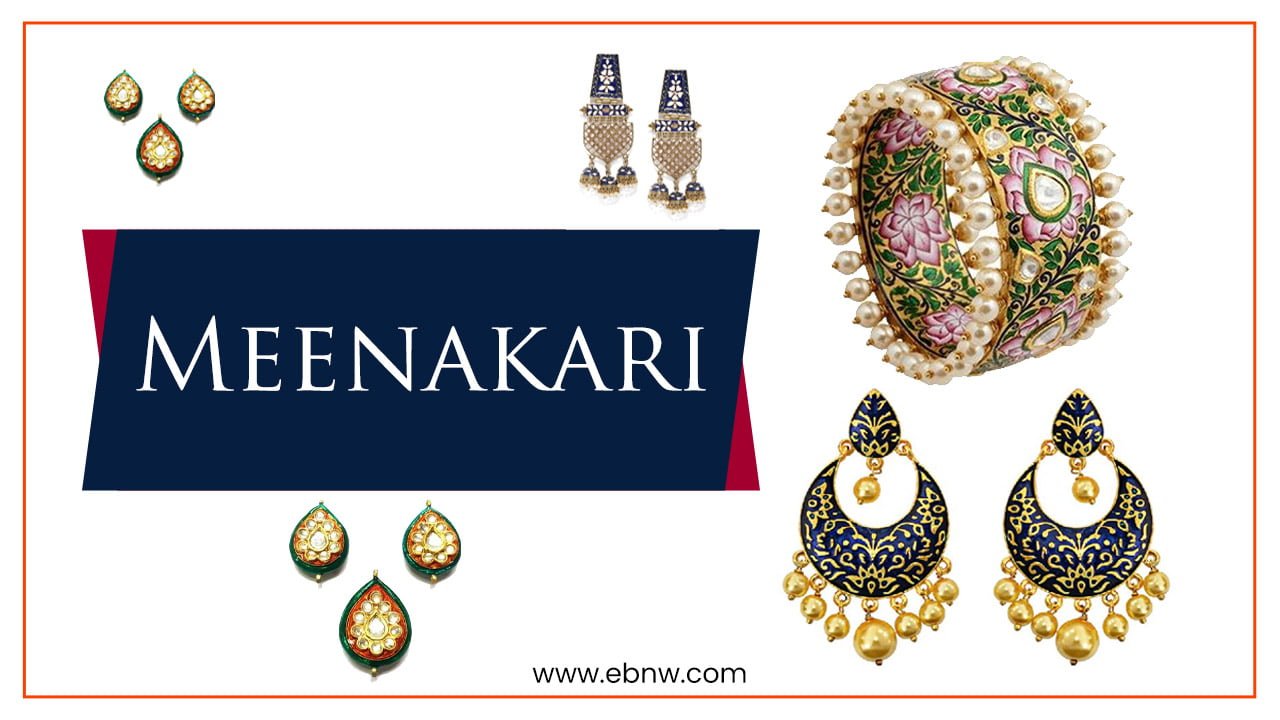Meenakari, one of the most complex crafts, was introduced in Rajasthan by Raja Mansingh of Amer at the turn of the 16th century. He brought in artisans adept in the Meenakari art from Lahore and established them in Jaipur.
Jaipur hence became the hub of meenakari art with the influx of highly skilled craftsman from Lahore. In next few years, the talent of the craftsmen made the place a specialized centre of meenakari designing.
Basically, Meenakari is an art of painting or embellishing on various types of metals with vibrant colours made in dramatic motifs of birds, flowers and leaves.
It was initially a Persian craft but it soon flourished and was used to create mesmerising designs on the back of traditional Polki jewellery. Soon, it became a design of its own, and was called as reversible jewellery.
The complex craft, today, also passes through the same phase as it was 500-years ago starting with the designer (naquash), who goes to the goldsmith (sonar). He then goes to kalamkar who engraves the design and then the enamelist (meenakar) applies the colour. This artefact then goes to the polisher (ghotnawala), then to the stone-setter (jadia), and finally it is passed on to the stringer (patua) for the final touches.
Meenakari, not just restricting itself to jewellery, now includes décor products like jewellery boxes, idols, dining sets, trays, cupboards, bowls, sculptures, key chains and more. Initially, done only on gold, it is now also done on silver and copper now.


